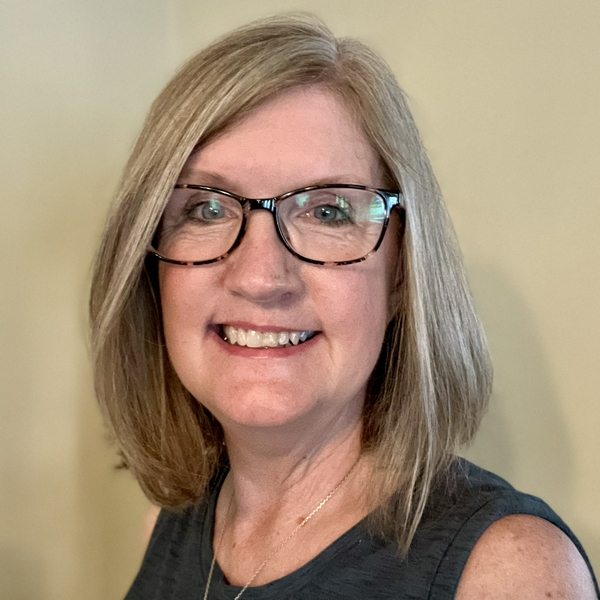What you’ll learn in this 3-minute read: New research shows our bodies have aging spurts in our mid-40s and early 60s. But what matters most is how we take care of our health. And the sooner you embrace a healthier lifestyle, the more chance you have of living a longer life – and better quality of life – as we get older.
Like growth spurts when children are young, scientists are learning that adults don’t age gradually, but in two distinct spurts.
A study published in 2024 in the journal Nature Aging found that one of the indicators of getting older spike around our mid-40s and early 60s. Not gradually, as many of us might assume.
These changes can include deterioration of heart health, including narrowing of arteries, stiff blood vessels or cholesterol blockage.

Dr. Calvin Sharp, a cardiologist at Novant Health’s Hilton Head Heart - Okatie, South Carolina, said the study can help doctors and patients refine how to address heart health.
And the sooner they take control of their heart health, the better, before age takes its toll, he added.
Here, he discusses some of the strategies you can focus on regardless of your age.
Take the first step toward improving your heart health.
Before you’re too late: Know your risk factors
One of the biggest factors to heart health is recognizing risk so you can seek proper care, Sharp said.
Risk factors that you cannot control include:
- Age. Risk increases as you get older.
- Gender. Men are at greater risk than women to have heart attacks. That said, heart disease is the top killer of both men and women in the U.S.
- Family history. Having close relatives with heart disease.
- Genetic factors. Certain genetic predispositions can increase risk.
What to do in your 40s: The middle-age moment
Your mid-40s are when your biometrics shift more, causing age-related issues, the Stanford researchers say. Another major study found that half of adults over 40 might have heart disease but not know it.
And it’s often when people develop chronic conditions such as diabetes or high blood pressure that it creates other heart-related problems.
Sharp emphasized the importance of developing good heart-healthy habits, such as regular exercise and weight management, to stave off health complications.
But that doesn’t mean you need to start training for a marathon. Moderate exercise for 150 minutes a week can make a huge difference for many of us. And if that sounds like a lot to you, start slower and build up to improve your chances of sticking with it.
“Not everybody needs a new pair of Nikes,” Sharp said, but it’s important to find an activity you enjoy and will commit to doing regularly.
Heart doctors can offer a coronary artery calcium score or another vascular screening tool to assess whether you need dietary changes or medication to stave off problems down the road.
“That extra set of scratching beneath the surface can be a window into the opportunity to say, ‘Look, there's evidence of buildup in the arteries.’ This now sort of shifts the guidelines and shifts the aggressiveness (of treatment),” Sharp said.
What to do in your 60s: Doctor visits and screenings
Another age “burst,” so to speak, comes in your mid-60s, and that’s probably when you notice biggest changes, including rising cholesterol, higher blood pressure and other shifts as you age.
And it’s when heart disease such as peripheral artery disease, in which there is a buildup of plaque (fatty deposits) in the leg arteries, can arise.
Regular testing — getting baseline screenings, regular physicals and monitoring — can go a long way. Control what you can to stay healthy, so that when an illness hits, you can better battle it with an otherwise healthy body. “The healthier you are going into a problem, the more likely you are to come out the backside of that problem,” Sharp said.
Are you at risk for heart disease?












